The Manx is a medium-sized cat that’s known for its most obvious feature: the lack of a tail. There are actually different varieties of Manx, some with a stub or a short tail. The true Manx – known as rumpy – is completely tailless and has a small hollow instead of a tail, while those born with varying (short) lengths of residual tails are referred to as rumpy risers, stumpies, stubbies or longies.
The Manx comes from the Isle of Man, where it’s thought a spontaneous mutation around 300 years ago was passed onto future generations of the breed on the small island. Another theory that’s often heard is that the Manx is the result of a cat breeding with a rabbit.
The Manx is a robust cat (weighing 4 to 7 kg) that resembles the British Shorthair except for its tail, and with strong hind legs that are slightly longer than its front legs. Its double coat consists of a short, thick undercoat and a longer overcoat and comes in all colours and markings.
This is an affectionate cat that is very good with kids and also gets along well with other cats and even dogs. The intelligent, playful Manx is known to form close bonds with its owners. This is an easy-going cat that adapts quickly to family life. Most Manx cats are happy to be indoor cats.
The mutant gene behind the tail can cause skeletal deformities and two completely tailless Manx cats (rumpies) should not be mated together. Some Manx can be prone to arthritis but overall this is quite a healthy breed that lives up to about 12 years.

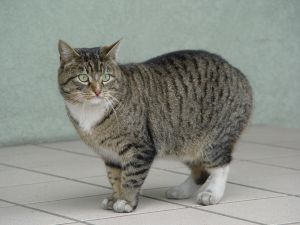
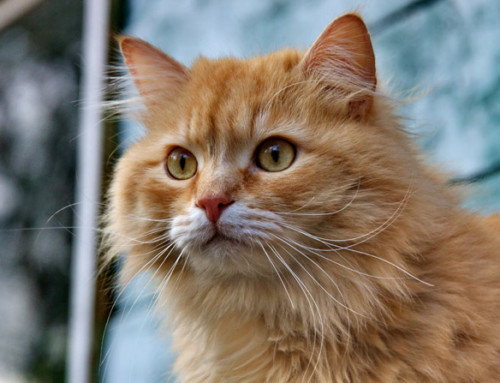
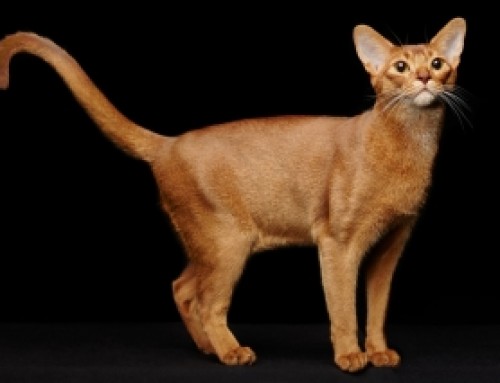
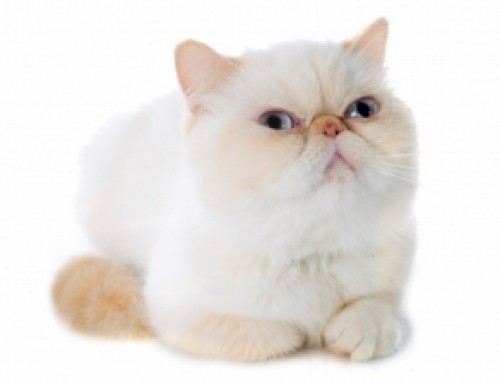
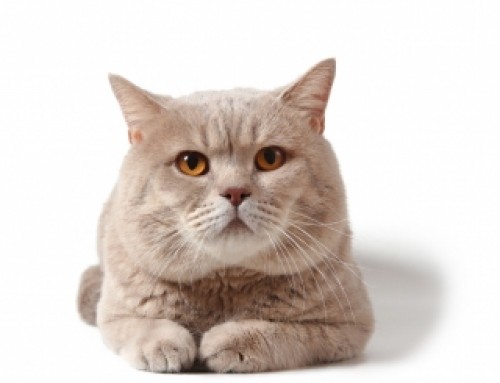
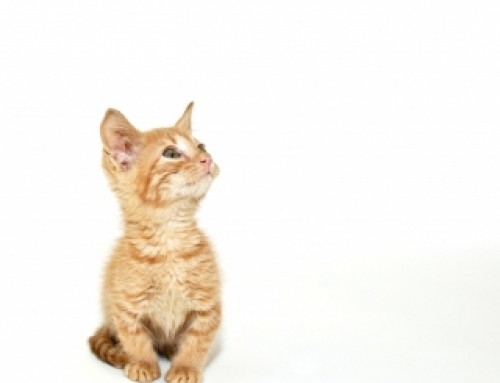
Leave A Comment